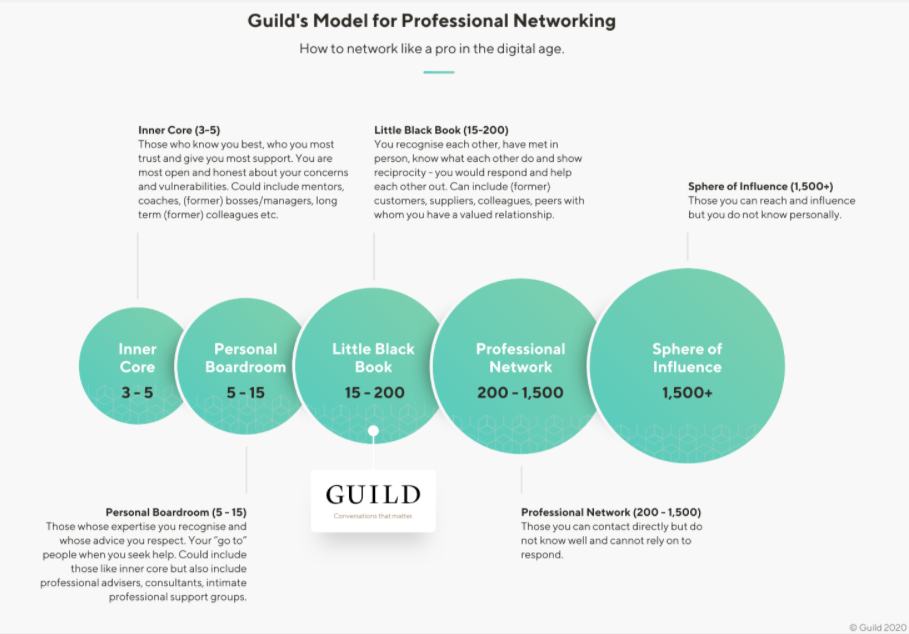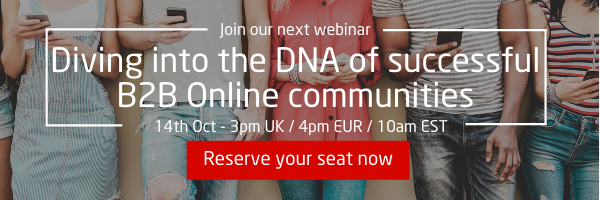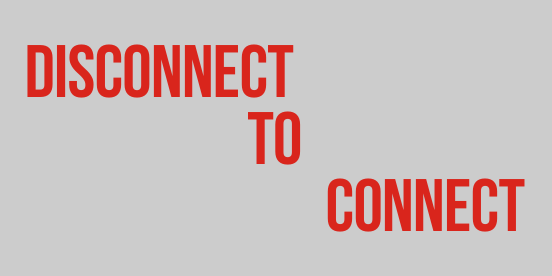
Many people are falling out of love with the use of social media. It's becoming more common for people to start unfollowing friends and some companies are even putting their social media advertising spend on hold - either caused by an ethical misalignment or more recently public protests against platforms. Users are shifting the attention and use of these social media channels for other purposes other than connection.
The platforms that promised to connect us started to capitalise on our desire for connection, belonging and curiosity.
Algorithms started to control what we saw in our feeds, data was collected to improve advertising, and platforms were optimised to keep us attached to our screens.
Co-Matter
This is certainly the premise of a recent research piece "Post-Social Media" conducted and published by Co-Matter.
This research highlights the key factors that will determine the future of digital communities and being very timely this insight can be used to the advantage of B2B organisations that are focused on driving online communities and building their future strategy.
The 5 key areas:
Niche Communities vs Wider Reaching
The general stance from media and events organisations traditionally has been about building high numbers for their communities because "this is what sponsors and advertisers wanted" and were willing to pay.
Before companies and sponsors would feel disappointed with a community of 1,000 individuals, now the same number is starting to feel too big for a truly niche community.
The argument for smaller communities is unbeatable. The below graphic from Guild shares a model for professional networking in the digital age. It highlights the fact that personal networking happens efficiently and effectively within your "Little Black Book" of 150 contacts.
| Register to hear Guild's founder Ashley Friedlein about the DNA of B2B online communities. Want to come? |
The B2B professional puts a lot of value and trust in smaller, curated groups or networks where conversations are worthwhile and meaningful.
Engaged vs non engaged
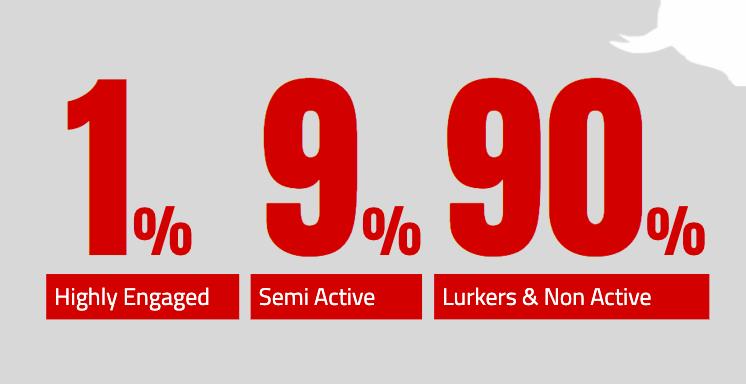
These numbers reflect the levels of engagement in a well run B2B Online Community.
The engagement aspect supports the move towards small and niche, simply because if the real engagement from a community of 10,000 individuals is really 1,000 (10% of the total audience), you may as well have a smaller group of only those 1,000 engaged individuals in a more intimate and private setting.
Community's interests/goals/wants/needs vs Community owner & its sponsors' interests
There are many deserted groups on LinkedIn, Facebook and other platforms. Why?Simply because at some point it became clear that these groups and communities were there to promote their interests and products.
Communities that exist to share common interests, unbiased support, to help solve members problems or reach their objectives will surely thrive.
Owned vs Free
On a similar wavelength, communities that run on free platforms are at the mercy of their advertisers.
There is no doubt that platforms like Facebook, LinkedIn and Instagram offer unparalleled access, but in truth they're the middle men for advertisers, who are keen to connect with their audiences AND your community. Because anyone can have access to them if they pay for it.
"In "The post-social media" era will be shaped by more cooperative models that involve people in the value creation of the platforms they use. Within these models, we will either become paying members (subscription-based model) or contribute a share of the value we create to the platform itself (co-op- based model)."
co-matter
I agree that in this particular scenario, B2B organisations are better off looking at tools and options like Guild that still offer a free model with additional paid options aligned with the growth and needs of your community.
| Join our next webinar where we dissect the DNA of successful B2B Online Communities with Guild's founder Ashley Friedlein. |
Subscription/community funded vs Ad/Sponsors monetised
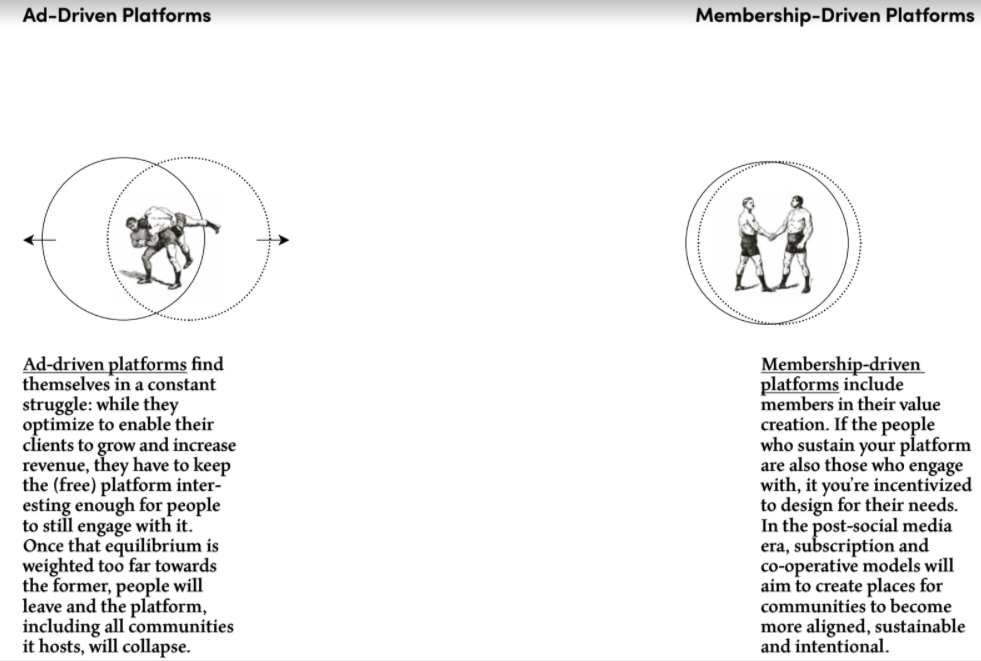 Image source: Post Social-media report
Image source: Post Social-media report
This graphic sums up the argument for the emergence of subscription models amongst B2B Media and Events companies.
"The post-social media" era will be shaped by more cooperative models that involve people in the value creation of the platforms they use. Within these models, we will either become paying members (subscription-based model) or contribute a share of the value they create to the platform itself (co-op- based model).
In conclusion
Business entrepreneurs looking at creating and building new ways to engage and add value to their audiences, now have an option to refocus and reshape the direction of their communities. The mega trend for the new digital age without or outside social media platforms is moving in the direction of smaller, engaged, member-led, funded and governed.
I'll be having a very thoughtful conversation with Ashley Friedlein, during our webinar "Diving into the DNA of successful B2B Online Communities." Ashley is probably THE person that knows the most about online communities, globally. It's a rare and wonderful opportunity
Save a spot for yourself and your team! If you can't attend the live session, still best to sign up to ensure you receive the post-live recording.

